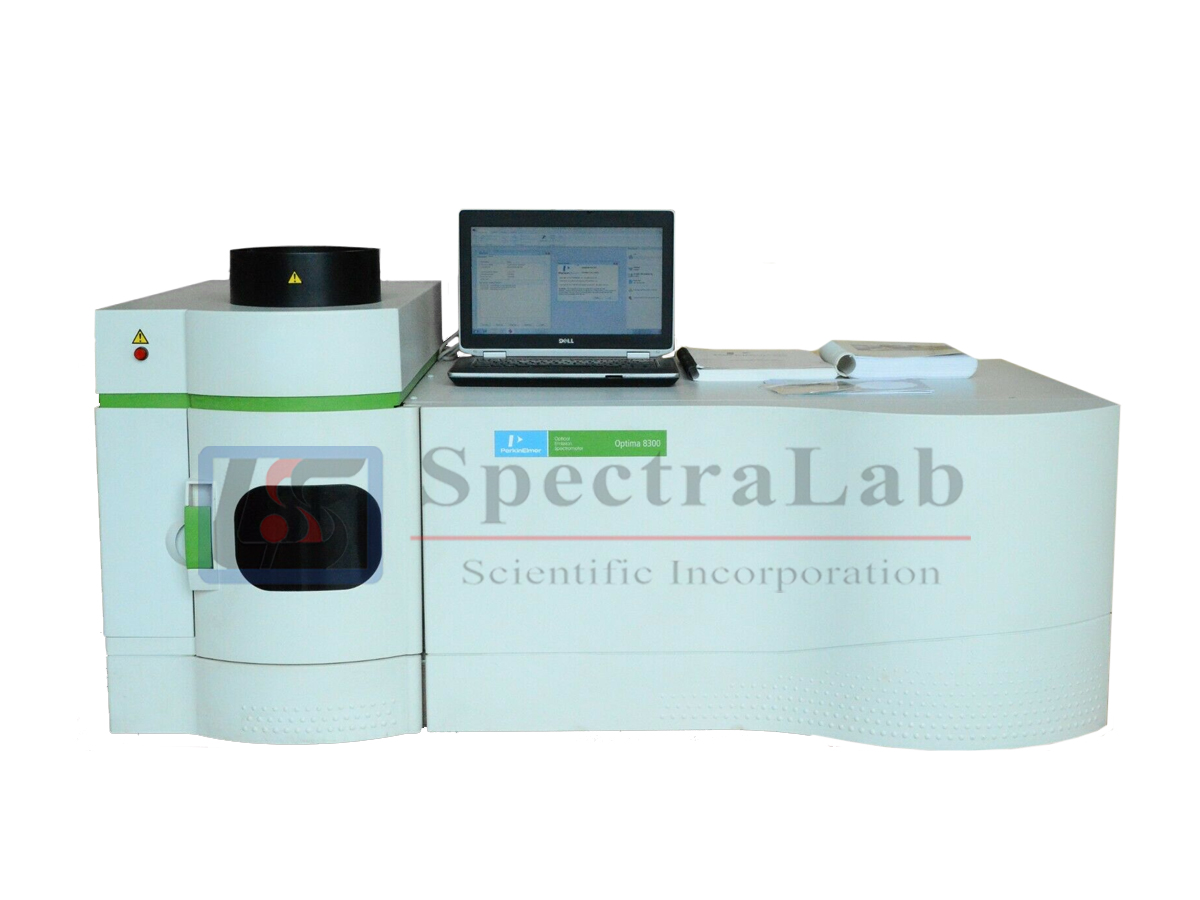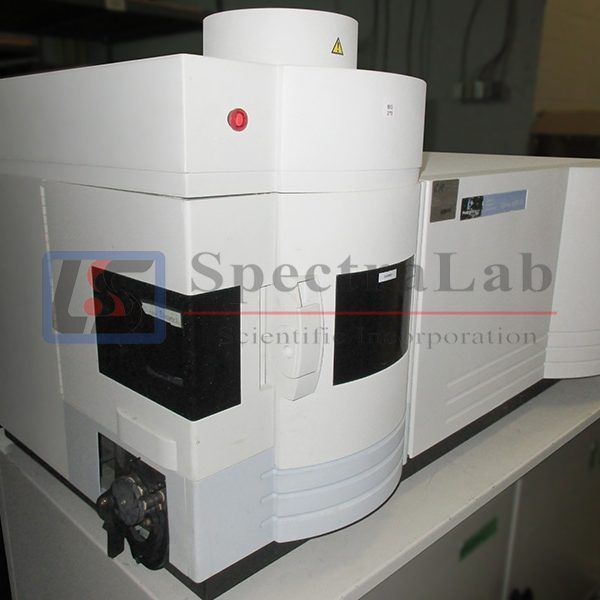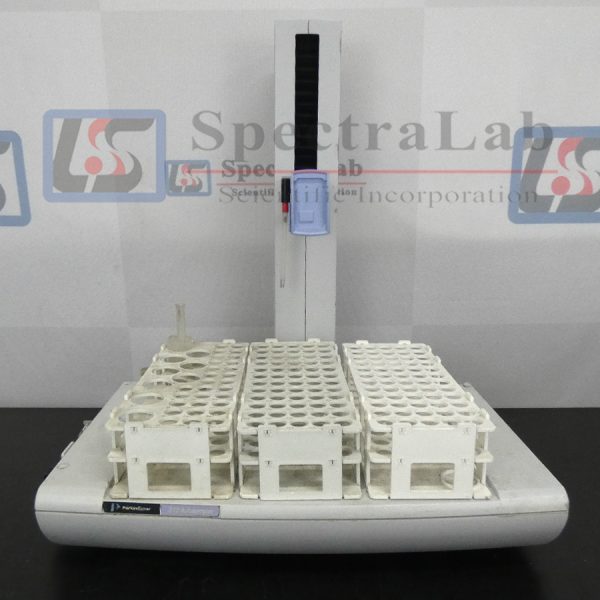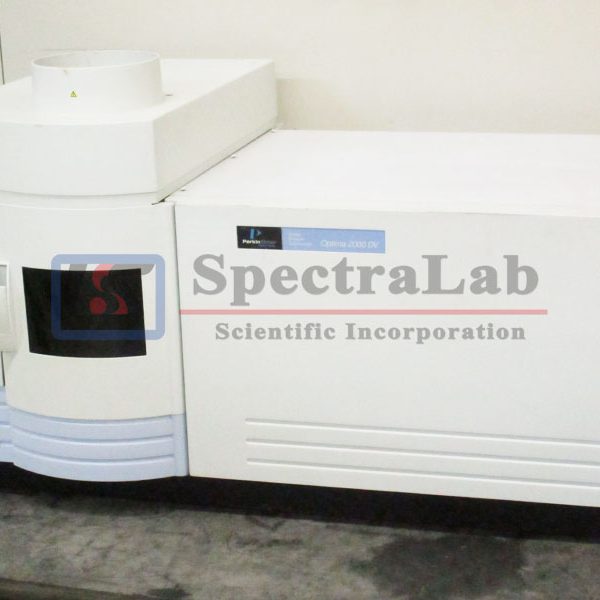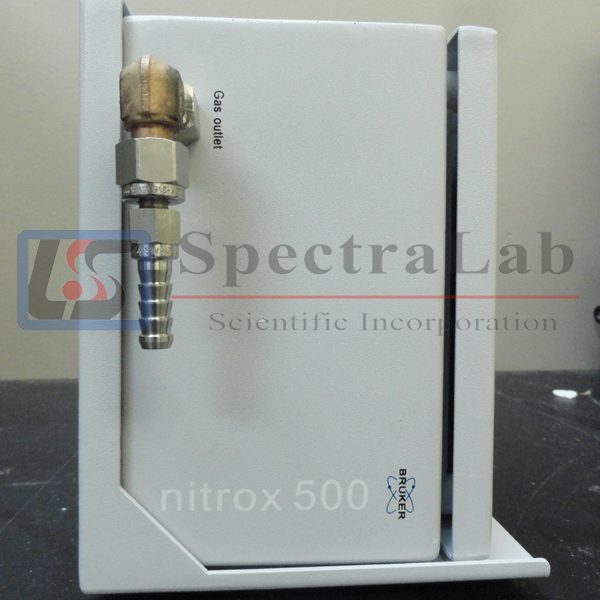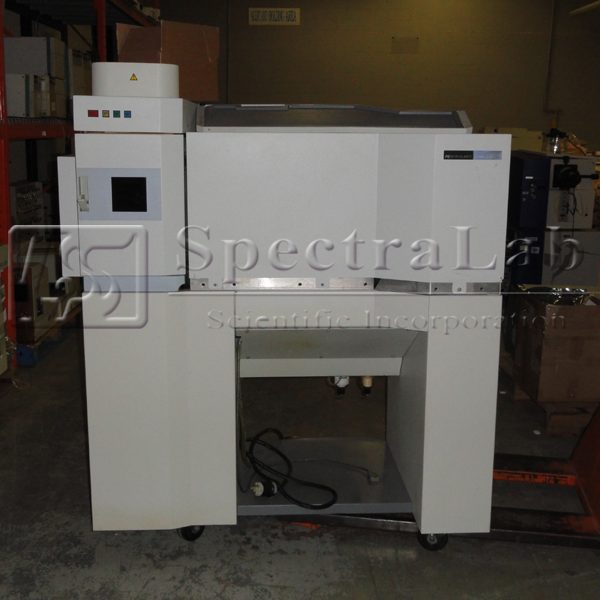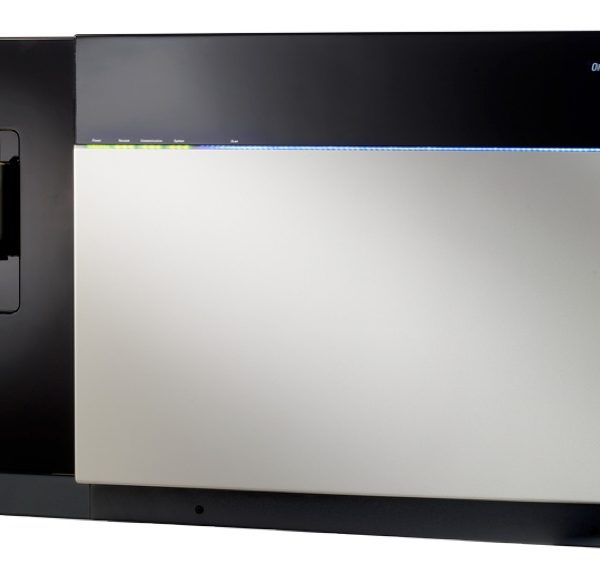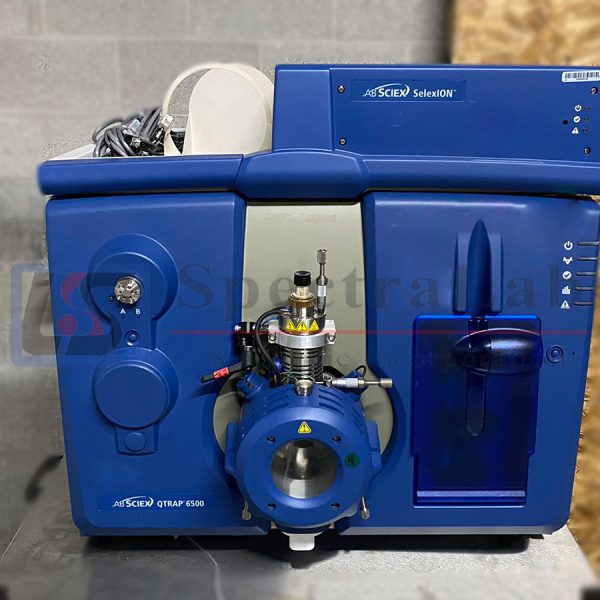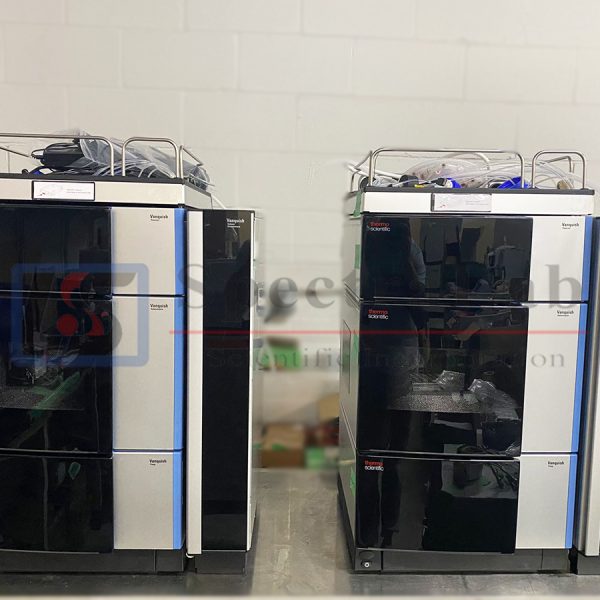The PerkinElmer Optima 8300 is a bench-top, dual-view ICP-OES with two solid-state detectors, delivering superior detection limits and true simultaneous measurements.
Specifications:
- Polychromator
The high-energy (f/6.7) echelle-based Optima polychromator utilizes two SCD detectors covering the spectral range from 163-782 nm. The measured resolution of the system is 0.006 nm at 200 nm. The 80 by 160 mm echelle grating has 79 lines per mm and a blaze angle of 63.4 degrees. The cross-disperser for the UV region is a 374 lines/mm grating, while a 60-degree fused-quartz prism is added as the cross-disperser for the visible region. The UV disperser on the Optima 8300 spectrometers incorporates Schmidt correction to eliminate aberration for the 400-mm radius camera sphere. - Thermostatted optics
The entire optical system is enclosed in a purged and thermostatted optical enclosure. The optical enclosure is mounted on the same large optical bench as the sample-introduction system. The optical bench is shock-mounted to the frame of the instrument so that normal floor vibrations do not affect system performance. - Plasma viewing
With the patented dual-view capabilities of the Optima 8300, viewing of the plasma is accomplished by computer control of a mirror located in the optical path and allows selection of axial, radial or mixed viewing modes and adjustment of the plasma viewing in both the vertical and horizontal planes. The viewing position can be optimized by the software. - Shutter and Hg
The computer-controlled, pneumatically operated shutter automatically opens and closes recalibration system for each sample,protecting the first transfer mirror from long exposures to the intense UV radiation of the plasma, extending the useful lifetime of the mirror. A mercury lamp is built into the shutter mechanism and can be viewed at a user-selected frequency to automatically update the system wavelength calibration at the 253 nm mercury emission line. - Detectors
Custom-designed, application-specific, patented PerkinElmer Segmented-array Charge-coupled Device (SCD) detectors consist of 235 addressable subarrays covering approximately 6000 wavelengths on a 13 by 19 mm silicon substrate. Typical readout noise is about 13 electrons RMS; dark current is less than 100 electrons/pixel/second; and readout speed is 50 μsec/pixel. Correlated double-sampling data-acquisition electronics further reduce electronic noise.
System includes:
- AS plus series Autosampler
- Peristaltic pump
- Recirculating Water Chiller
- PC with data

